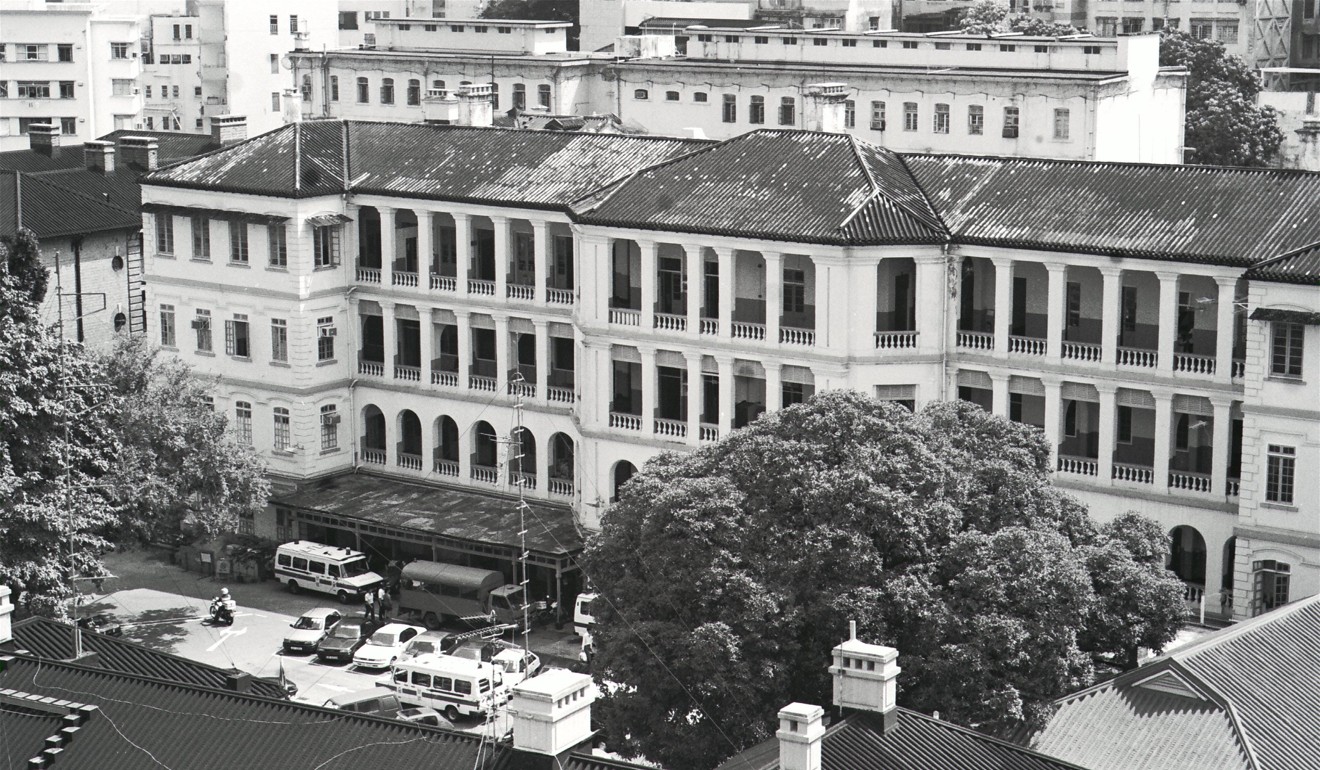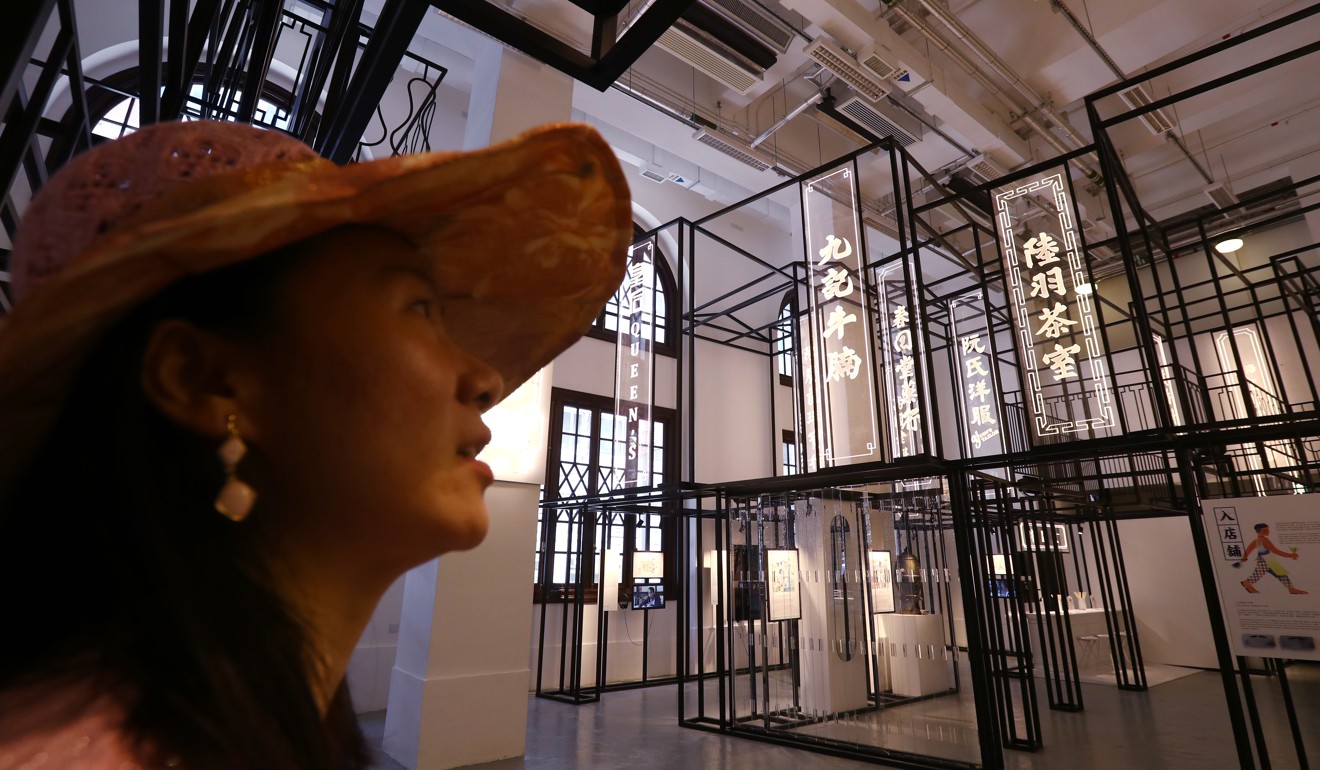
How the Central Police Station compound can become a space for everyone, not just criminals or history buffs
Bernard Chan says heritage conservation in Hong Kong can be fraught with challenges, but the Tai Kwun project shows that it’s possible to get it right

Early proposals for the Central Police Station site ran into just these problems starting back around 2004. Perhaps not surprisingly, public opinion opposed the possible involvement of property developers. But there were also demands that officials look beyond economic and tourism benefits and consider public access and integration with the community.
There were also demands that officials look beyond economic and tourism benefits and consider public access and integration with the community
The Hong Kong Jockey Club stepped in with a plan to pay for restoration and additional facilities for an arts complex, ultimately to be sustained by supporting commercial activities. In terms of conservation, the project would meet international heritage standards.
Watch: Victoria prison transformed into public space
It is impossible to please everyone with a project like this, and I am sure there will still be criticism. But I really believe that, in this case, Hong Kong has largely got it right and can be proud of a major world-class heritage achievement. This is especially the case given the scale and complexity of the site.
The project is restoring and preserving the exteriors and interiors of a very significant range of historic buildings. These include the old Victoria Prison with its cells, the court facilities of the magistracy, and the imposing main police block on Hollywood Road.

Tai Kwun will host all sorts of educational and outreach activities. One example will be role-playing exercises in the courtroom to teach school students about our judicial system. It will also offer unique indoor and outdoor venues for films, live music, theatre and dance performances.
The prison courtyard and the laundry steps will be great places to hang out
Parts of the site will be occupied by commercial operations – the rental income is key to the financial sustainability of the project. That means some of the outlets are probably fairly high-end, but more affordable options will be available.
Indeed, you are free to bring a sandwich and sit and enjoy the spaces – the prison courtyard and the laundry steps will be great places to hang out at lunchtime or in the evening.

As I say, it is impossible to please everyone. But I am confident that – when they have experienced it – most Hong Kong people will agree that the restored Tai Kwun is a truly amazing place.
Bernard Chan is convenor of Hong Kong’s Executive Council

